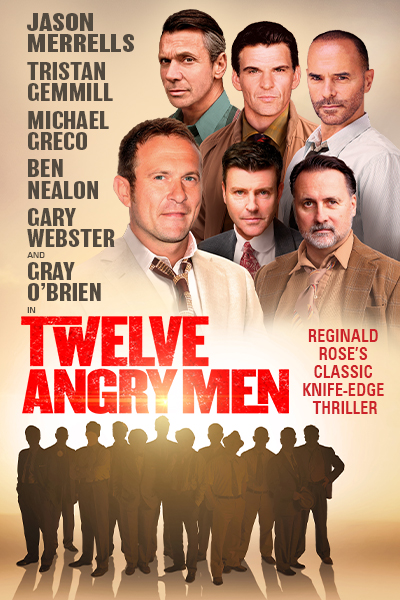
Take a look at: Our Venue | Venue Hire | Thomas Sergenson | Our Architecture | Our History | Sustainability | Visiting Companies | Celebrating 125 Years
You might be asking, who is architect Frank Matcham?
Blackpool Grand investigates the life and times of Frank Matcham, leading theatre architect.
Visit Our Story.
Born in Devon, the son of a brewery clerk, Matcham was brought up in Torquay where he went to Babbacombe School. In 1868, he became apprenticed to George Bridgman, a local builder and architect. In the mid-1870s, he moved to London to join the architectural practice of Jethro Robinson who was consulting theatre architect to the Lord Chamberlain.
1877, Matcham married Robinson’s daughter and the following year when Robinson died suddenly, the 24-year-old Matcham found himself taking over the practice.
His first major job was to complete the Elephant and Castle Theatre which Robinson had started. Following this, Matcham went from success to success, and over the next 30 years he became unrivalled as the most prolific theatre architect of all time.
It is impossible to be definitive as to his total output, but based on current research we can say that he designed at least 80 theatres as the original architect and he refitted or worked on at least as many again. He also designed pubs, cinemas, hotels and notably the County Arcade in Leeds and the Tower Ballroom and Circus in Blackpool.
Sadly, only 21 of his theatres survive with a further dozen having been drastically altered as bingo halls, nightclubs and cinemas.
He never qualified as an architect and was snubbed by many in his profession, but he became the supreme example of his craft. Despite his vast output, each theatre was unique and his ability to produce magnificent theatres on difficult sites speedily and economically led him to become highly respected by theatre owners and managers alike.
Architect Frank Matcham developed close relationships with several people, especially Sir Oswald Stoll for whom he designed his supreme masterpiece the London Coliseum in 1904 as the flagship venue for his chain of theatres and music halls. Happily, this theatre survives largely intact as the home of the English National Opera and was magnificently restored for the centenary in 2004.
If you enjoy theatre in performance and take an interest in theatre architecture, interior design, stagecraft and technology, dramatic history or the social history which theatre buildings of all kinds reflect, then why not join the Frank Matcham Society.
Visit Our Story.















